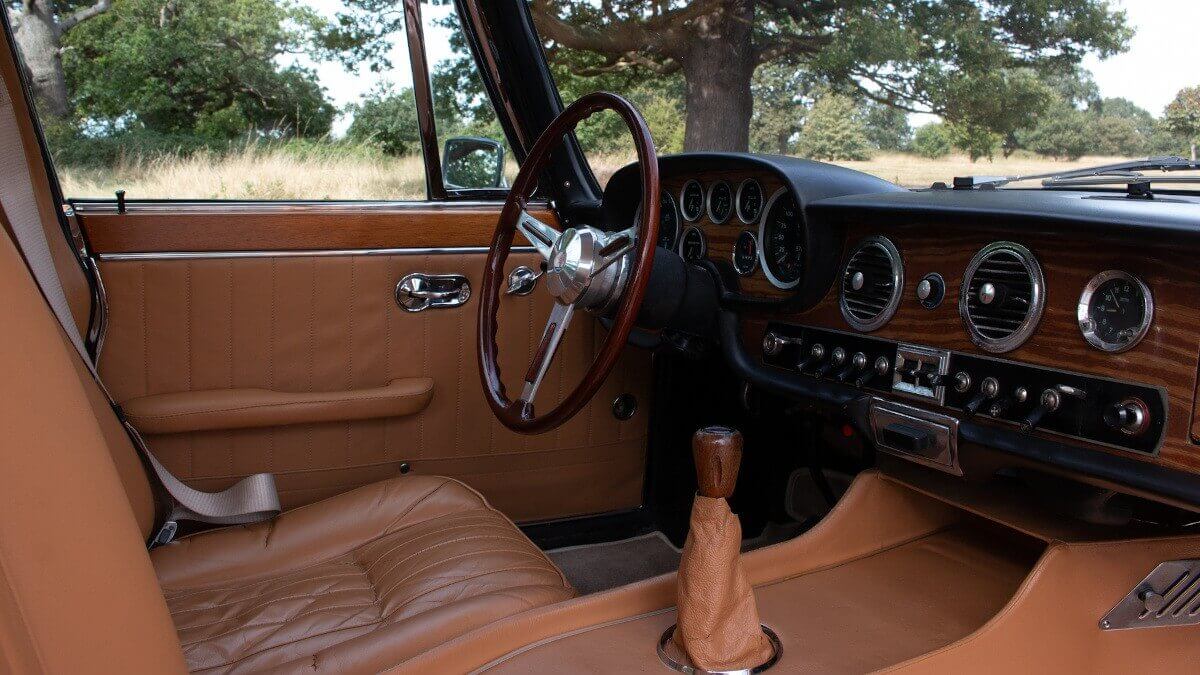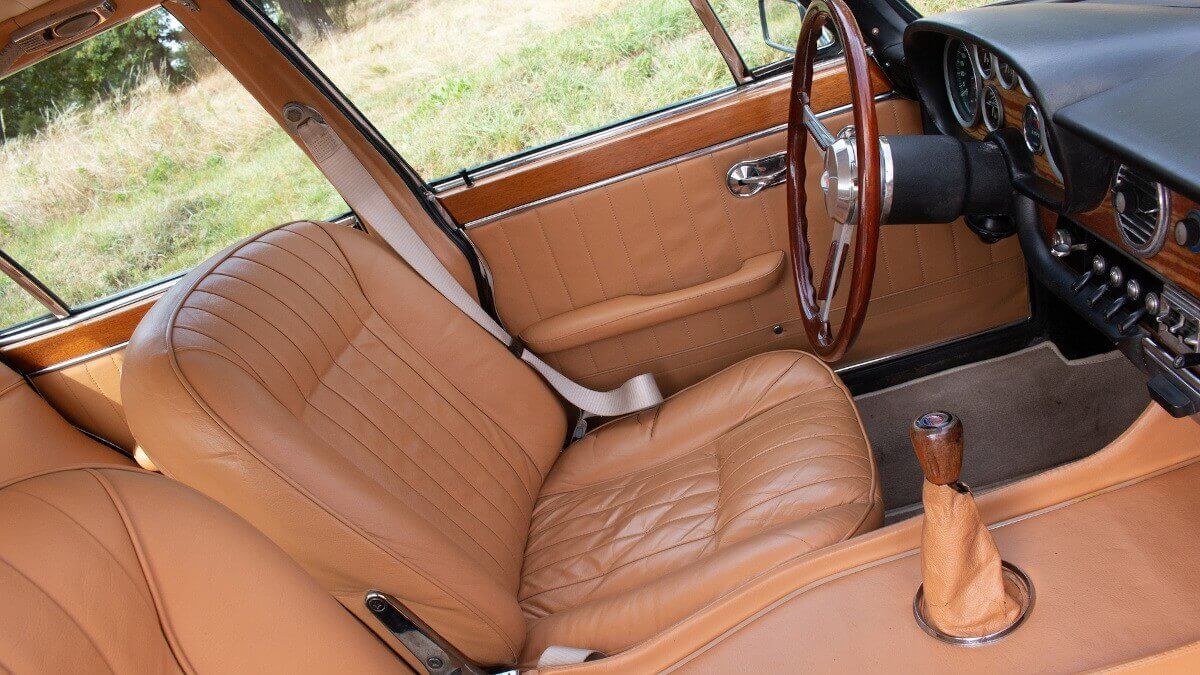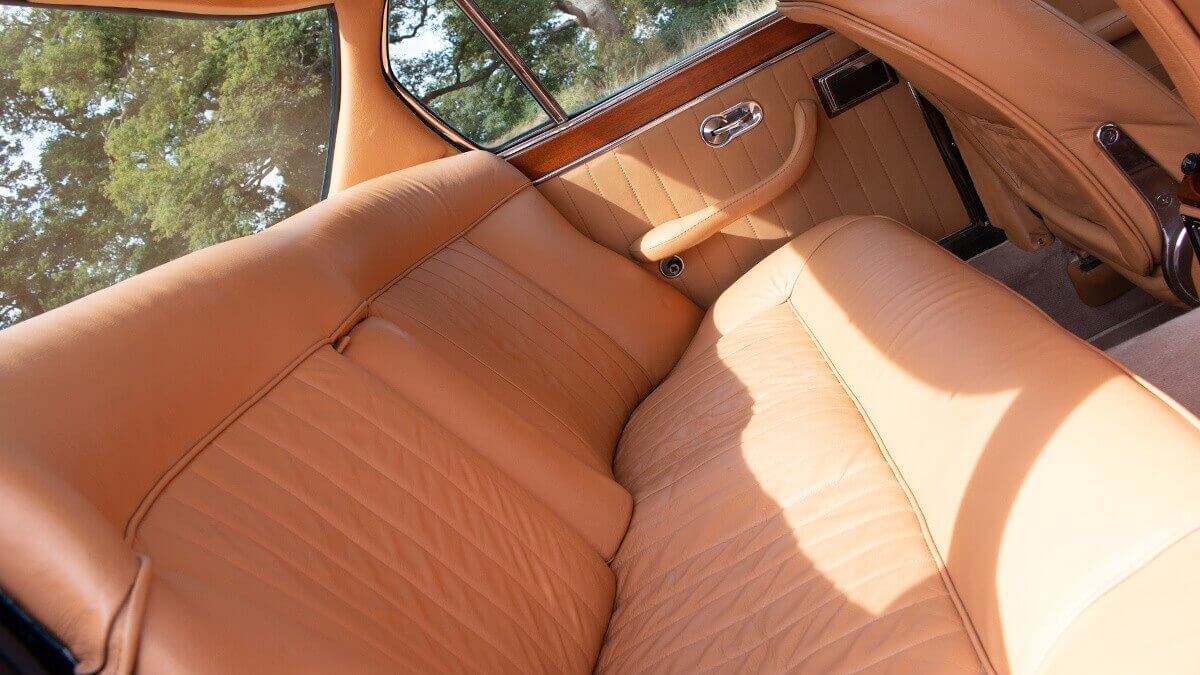Maserati Quattroporte I
Maserati has a long and varied brand history. Until World War 2, they exclusively produced racing cars, only a few of which were road legal for special motorsport events, such as the Targa Florio, or on special customer request. It wasn’t until the A6 model that private customers without racing ambitions could get their hands on a Maserati, with the 3500 GT from 1957 onwards being the first pure road sports car. Interestingly, there were several customer enquiries soon afterwards, especially from the USA, who wanted a powerful Maserati sedan or saloon in addition to their two-door sports cars. This was wildly discussed among the members of the Orsi family who had led Maserati since 1937. The head of the family, Adolfo Orsi, could very well imagine such a vehicle, but his son Omer considered the financial risk too high for such a small brand as Maserati. After all, comparable cars had never existed before. Sedans and saloons were either comfortable and luxurious or simply practical. Powerful and fast were two attributes that were not too high on the list of specifications for brands like Rolls-Royce, Bentley, BMW or Mercedes-Benz at the time.
In the end, the Maserati management decided in favour of the project and implemented it on the basis of an extended chassis of the 5000 GT. At the front the wheels were indipendendly suspended, at the rear initially on a De-Dion axle. This was replaced in 1966 by a rigid axle to improve suspension comfort on poor road surfaces. Under the bonnet there is a newly developed V8, which was technically based on the racing engine of the 450S and the drivetrain of the 5000 GT. With 260 hp, it was at the upper end of the performance range of all cars available on the market at the beginning of the 1960s. Customers had the choice between a manual five-speed transmission, which allowed the sedan to accelerate up to 230 kph (143 mph), or a three-speed automatic, which lowered the topspeed by 20 kph (12.4 mph). The only thing missing now was an adequate bodywork that was both elegant and practical. Maserati asked the design house of Pietro Frua, who had already designed a 5000 GT for the Aga Khan in 1961. He sketched a typical sedan with a low waistline and beautiful details at the front and rear. In 1963, the first prototype made its debut at the Turin Motor Show with a body feature used as its name: ‘Quattroporte’ simply means ‘four doors’ in Italian.
























































































Pietro Frua also initially took over the production of the Maserati Quattroporte, but it quickly became clear that his premises were not designed for this. Maserati therefore relocated the production of the bodyshells and other metal parts to Maggiora in Moncalieri/Italy and then had the cars completed with chassis, drivetrains and interiors at Vignale in Turin. In 1966, after around 260 units, the model was upgraded to Series 2 specification. In addition to the already mentioned rear rigid axle, it was fitted with four round headlamps instead of the previous angular units. This was due to new regulations in the important US market. Inside, root wood on the dashboard provided a more luxurious atmosphere, while the already big equipment list with electric windows and power steering was supplemented by an air conditioning system. From 1968, Maserati added a 4.7-liter V8 with 290 hp to its range of engines, making the Quattroporte up to 255 kph (158 mph) fast. Thus the Italians finally built the fastest limousine in the world.
By the end of 1970, around 510 units of the Quattroporte I Series 2 had left the production line, with the last vehicles sold worldwide in 1971. In the same year Pietro Frua presented a possible successor with a much more angular design. But neither this car nor the Quattroporte II introduced in 1974, which was developed on the basis of the SM under the direction of Citroën, went into mass production. The Frua design was produced two or three times and only 13 copies of the Quattroporte II left the assembly line. It wasn’t until 1979 that with the Quattroporte III another sporty sedan arrived at the Maserati dealers again. Back to the first model generation. SuperVettura in Great Britain is currently offering an early second series car for sale, which was originally delivered to Prince Karim Aga Khan in 1966 via the Parisian Maserati dealer Jean Thépenier. In 2003 the car went to a collector in Italy, in 2016 to Denmark and just recently to the UK. The price is £ 74,950 on the SuperVettura website.
Images: SuperVettura




